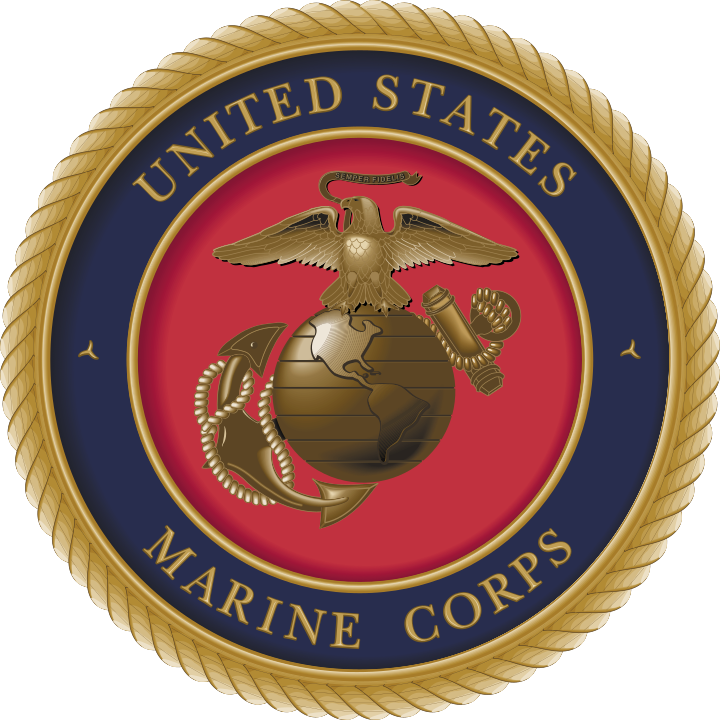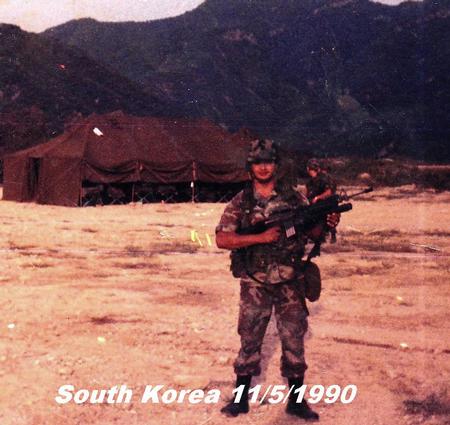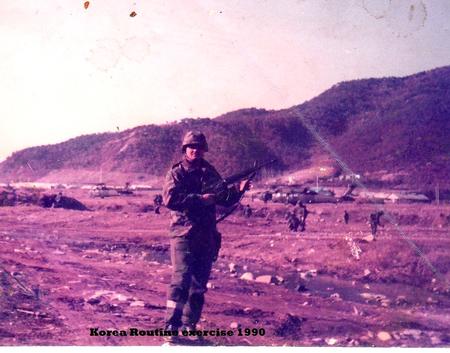ABOUT Merchant Marines
- Not a Traditional Military Branch: The United States Merchant Marine is a civilian auxiliary of the U.S. Navy, primarily responsible for transporting goods and services during peacetime and serving as a naval auxiliary during wartime to deliver troops and supplies.
- Crucial Role in World War II: Merchant Mariners suffered the highest casualty rate of any U.S. service during World War II, with about 1 in 26 Mariners dying in the line of duty.
- Liberty Ships Legacy: Over 2,700 Liberty ships—cargo ships constructed rapidly to support war logistics—were manned by Merchant Mariners, playing a pivotal role in Allied victory.
- Operation Mulberry: Merchant Mariners helped construct and supply the artificial harbors (Mulberry harbors) used during the D-Day invasion of Normandy, enabling the rapid offloading of troops and equipment.
- Medals and Recognition: For decades, WWII Merchant Mariners were denied veterans’ status and benefits, only receiving official recognition in 1988 after years of advocacy.
- Cadet Training: The U.S. Merchant Marine Academy at Kings Point, New York, is one of the five federal service academies, educating future maritime officers.
- Global Reach: During World War II, Merchant Marine ships delivered more than 200 million tons of cargo to war zones across the globe, navigating dangerous waters patrolled by enemy submarines and aircraft.
- Service in All Wars: The Merchant Marine has participated in every major U.S. conflict since the Revolutionary War, including the Korean War, Vietnam War, Gulf Wars, and recent operations in Afghanistan and Iraq.
- U-Boat Threat: In the Battle of the Atlantic, German U-boats targeted Merchant Marine convoys, resulting in the loss of over 700 American merchant ships and thousands of lives.
- Unsung Heroes: President Franklin D. Roosevelt called the Merchant Mariners “the Fourth Arm of Defense,” recognizing their vital but often underappreciated contribution to military success.








